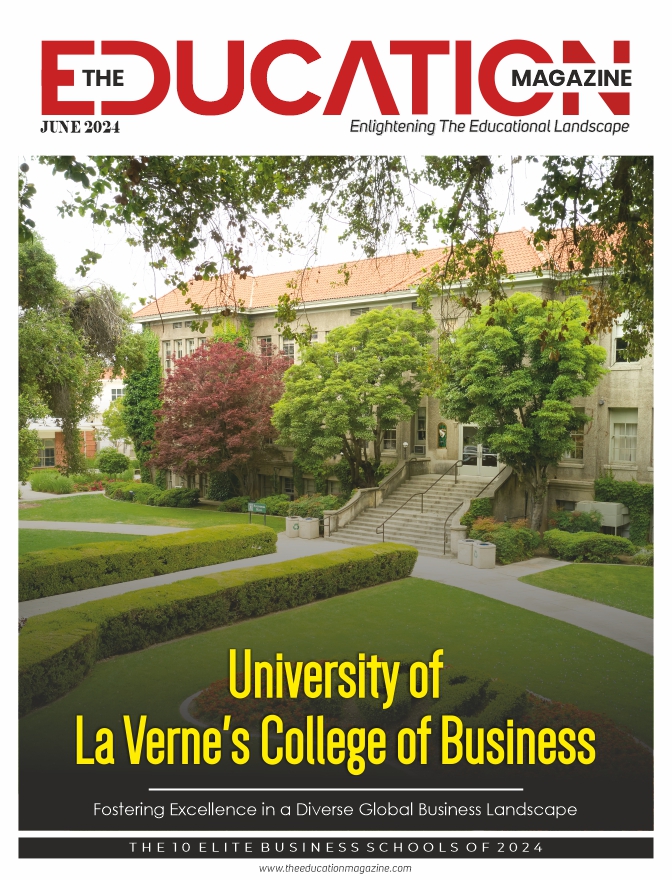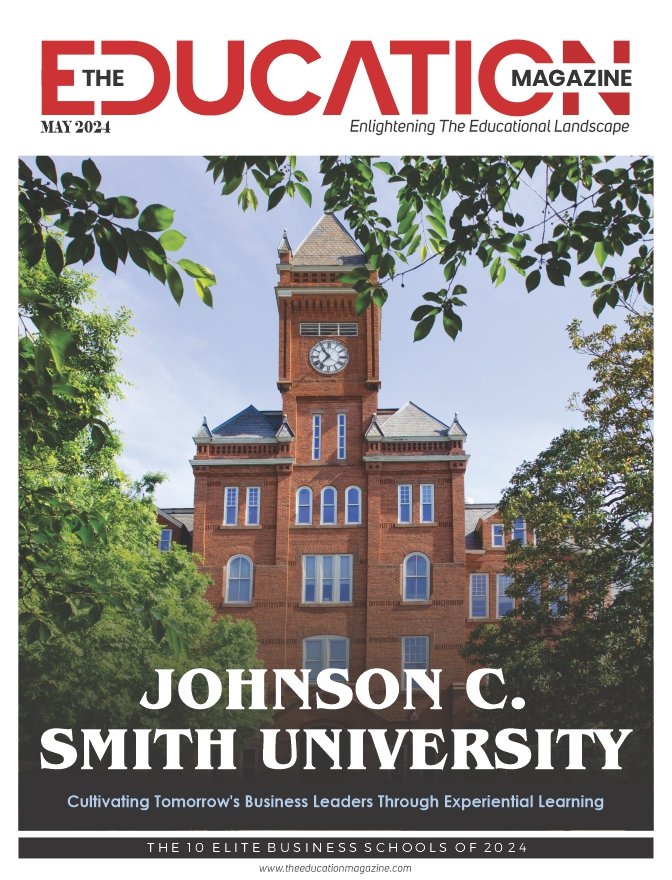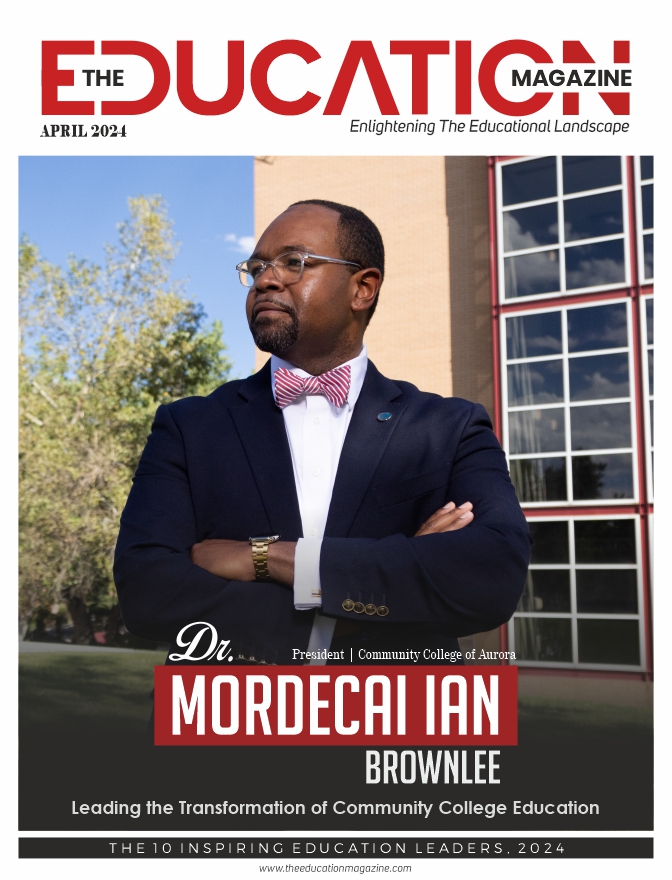Finding new methods to engage your children in the classroom is a great way to keep things fresh and enhance their overall development.
Implementing creativity into your teaching habits helps to contribute to your student’s imagination and thinking skills, as well as allowing them to express themselves and discover their ideal way of learning.
Different types of learning styles
Everyone learns differently – there is no ‘one size fits all’ learning style. The VARK model was developed by Neil Fleming in 1987 in order to identify the different methods of learning and how children best obtain information.
The model states that there are four different types of learning styles, which are: Visual, Auditory, Reading and Writing, and Kinesthetic. As a teacher, it’s important to incorporate each learning style into your teaching to ensure you are producing engaging resources for all students.
When explaining a difficult topic, you may find that some children pick it up quicker than others, which is a reflection of the learning style you are using. Using different styles can provide more clarity to each student and introduce them to new methods of learning, too.
Visual
Visual learners benefit from the use of drawings, graphs, charts and diagrams when learning something new. They acquire information by using such images to organise the learnings in their head.
When using a whiteboard or giving a presentation, ensure that your students have enough time to absorb any visual cues that you have provided. You can also produce colourful flyers and leaflets as engaging learning resources.
Auditory
Auditory learners are great listeners and best retain information when it’s presented through sound or speech. They easily remember what their teacher says about a topic and are generally very social individuals.
The use of voice recordings benefits an auditory learner, as well as the creation of songs to memorise words or questions for an exam.
Reading and writing
Reading and writing is a form of learning whereby individuals learn effectively when reading or writing down the information they are trying to retain.
This type of learner generally reads to understand and learn. They struggle with the topic being presented to them through lectures or images, as they are more comfortable with written words.
After reading the information, the learner will then write this down for greater memory retention, rephrasing in their own notes to better understand it.
Kinesthetic
Kinesthetic learning typically involves being physically active. This type of learner processes information best when physically engaged with the entire learning process and the topic itself.
The learner enjoys being hands-on whilst learning something new and benefits from acting out events or creating games in order to learn the information.
Keeping learning methods accessible and stimulating is the secret behind successful teaching. By introducing various techniques that can include or even combine elements of the VARK model, students of all age ranges and abilities will be able to engage in a more stimulating and, therefore, more effective learning experience. Do you have any effective tricks of the trade or encouraging success stories? Be sure to let us know in the comments below!
ALSO READ: How is Google Classroom Banner making Online Learning more engaging?










